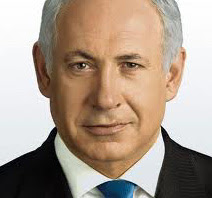
Three artists from Gaza - Basel Almaqsi, Sharif Sarhan and Majid Sala - have created an art installation to commemorate the 14 doctors and paramedics killed during Israel's assault on Gaza. Using whatever materials came to hand they installed their visual requiem on the blackened, crumbling walls and in the rubble of the destroyed hospital at Tal el Hawa, south of Gaza City.
They embody the spirit of Palestine. Without art materials they continue to make art. Just as their fellow Gazans refuse to be starved and bombed into submission*.
* In the four months since the Christmas and New Year massacre, Israel (and its crony, Egypt) have allowed no building materials to enter Gaza, which remains in a condition of devastation. Medical supplies, clothing and foodstuffs rot inside huge warehouses at Rafah, on the Egyptian border. Only the barest essentials needed to maintain a semblance of life are allowed through.





